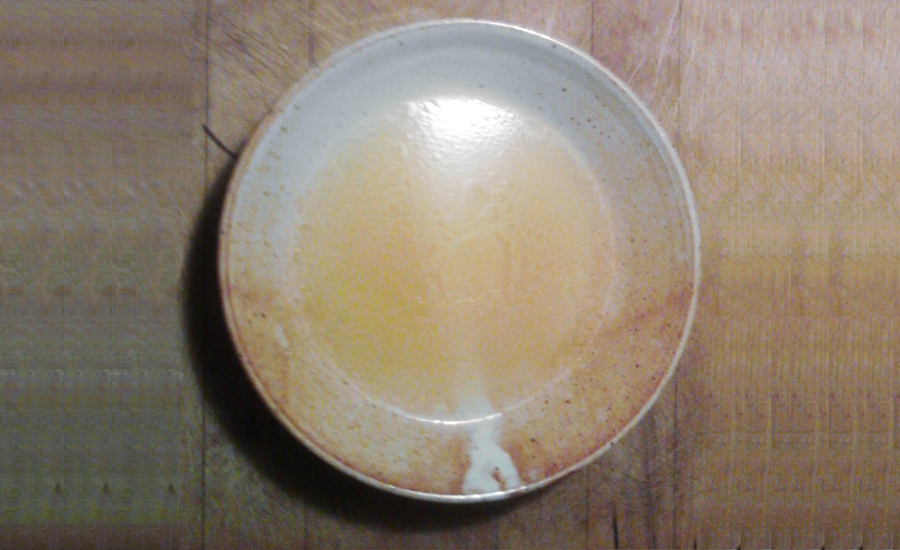
People tend to confuse stock with broth as they are at times interchangeable. The basic differences between the two lies in its properties. Chicken stock contains more gelée than chicken broth, uses a higher ratio of bone to flesh, and is reduced for a longer length of time (twice as long as a broth) to extract the gelée. Broth uses a higher ratio of flesh to bone and is reduced for a much shorter period of time. These are the key factors to consider in determining whether you are making chicken stock or chicken broth. Stock is more concentrated (longer reduction) and may be used for soup by the addition of water. Stock with its abundance of gelatin (containing minerals) is best suited for pan sauces, gravies, stews, and product thickened with roux.
Chicken broth is usually made with chicken meat and chicken parts, with a high flesh to bone ratio. Whole chicken (stewing hens are best for broth) or assorted parts can be used. Reduction time for chicken broth at sea level is about 3 hours.
Chicken stock is made mostly of chicken parts that have a very low flesh to bone ratio. Backs, necks and breast bones produce the best stock. To achieve the maximum extraction of gelée from the chicken bones the reduction time is 6 hours. Water, vegetables, herbs, and salt are ingredients that are common to both stock and broth.
Formulas (recipes) for the casual cook or homemaker are formatted differently than commercial or institutional formulas. Many casual cooks do not follow standard recipes, and this leads to inconsistent results. When I formulate a recipe for a commercial production facility or central kitchen, it is somewhat different than a recipe intended for the casual or recreational cook. Both formulations must be precise and easy to follow, and duplicate. Cost is very important in commercial institutions, and should also be a factor in your home kitchen. But do not skimp when cooking for your family, your goal here is to delight your guest, not make a profit.
The reader may notice that some of my chicken and stock recipes vary in ratio to bones, meat, herbs, seasonings and water. I submitted a standard recipe for chicken broth on a previous entry, and the above formulas were created for an organic restaurant company that produced institutional stocks and broth, as well as an organic soup line. Please feel free to adjust the formulas to your personal needs and taste. Remember, to have fun, and by all means, be creative.
For a vegan stock ,Alison Cole recommends Better Than Boullion. We are looking for a great recipe for one though.

Ingredients
- 3 lbs Chicken Parts or whole chicken (stewing fowl is best) For Stock use 3 lbs of bones instead
- 1 Small Onion Cut in large pieces
- 2 Carrots Cut in chunks
- 1 Celery Stalk include leafy part if available
- 1 Med Tomato Cut in half
- 1 Cup Parsley Stems (Optional)
- 1 Tsp Sea Salt
- 1/4 Tsp Black Pepper
- Cold Water To cover ingredients by 2 inches
Instructions
Step One: Cook the broth
- Combine total ingredients into a stock pot. Place over high heat until it comes to a boil. Reduce heat to a slow simmer. Use a large spoon to remove residue floating on surface. This residue is coagulated protein and will occur at first boil and decrease after you skim it for the first 15 minutes; after skimming, cover with lid and simmer for 3 hours.
Step Two: Strain broth and de-bone chicken
- Pour the broth through a large fine strainer or cheese cloth. Save the chicken and de-bone while it is still warm. Discard extracted vegetables. Taste and adjust for salt. Refrigerate broth overnight. You can use the chicken for chicken soup or chicken salad, etc.
Step Three: De-fat the broth
- The next day, remove all of the solid fat on the surface of the refrigerated broth with a large spoon.
- Increase the reduction time to 6 hours.